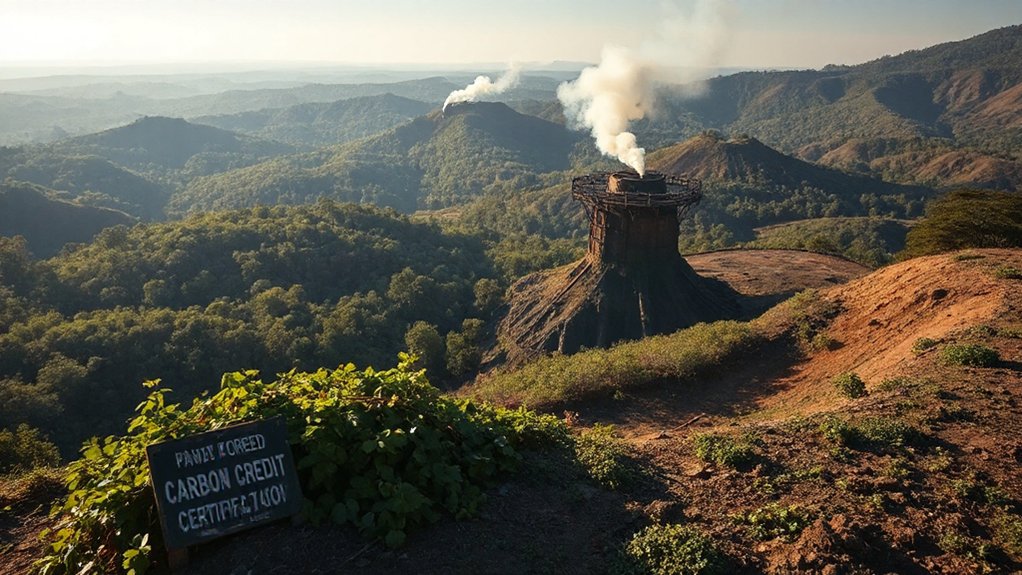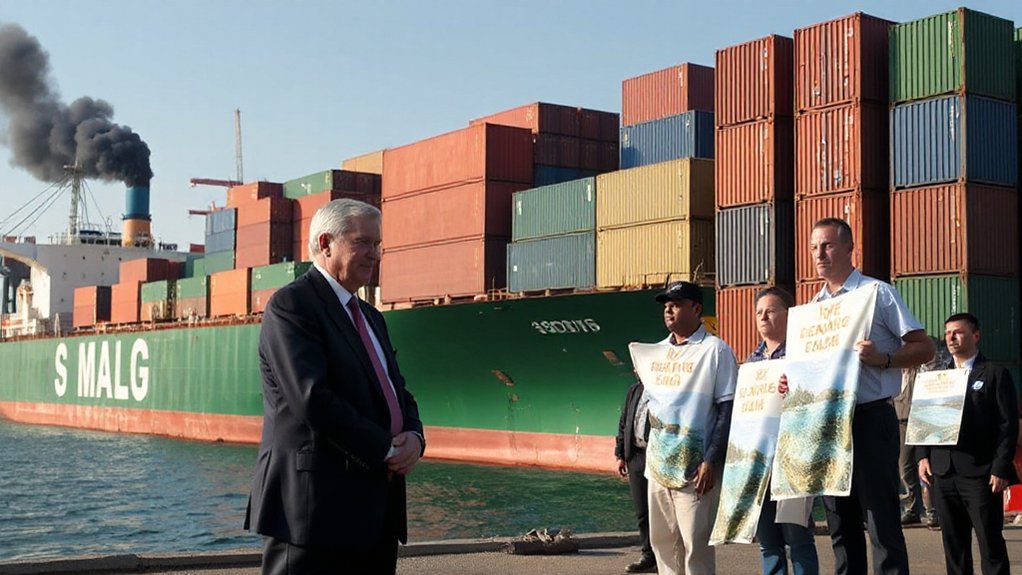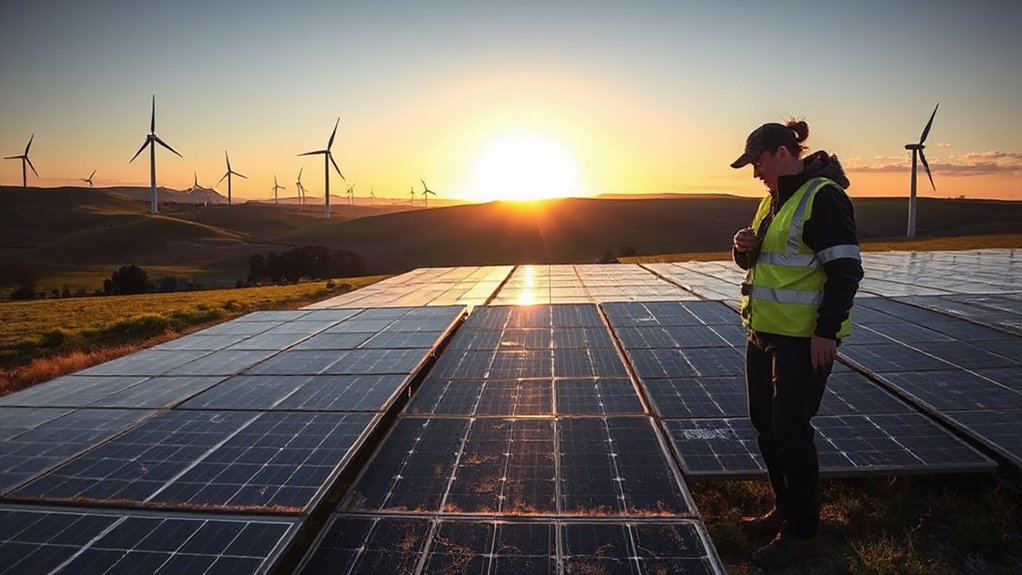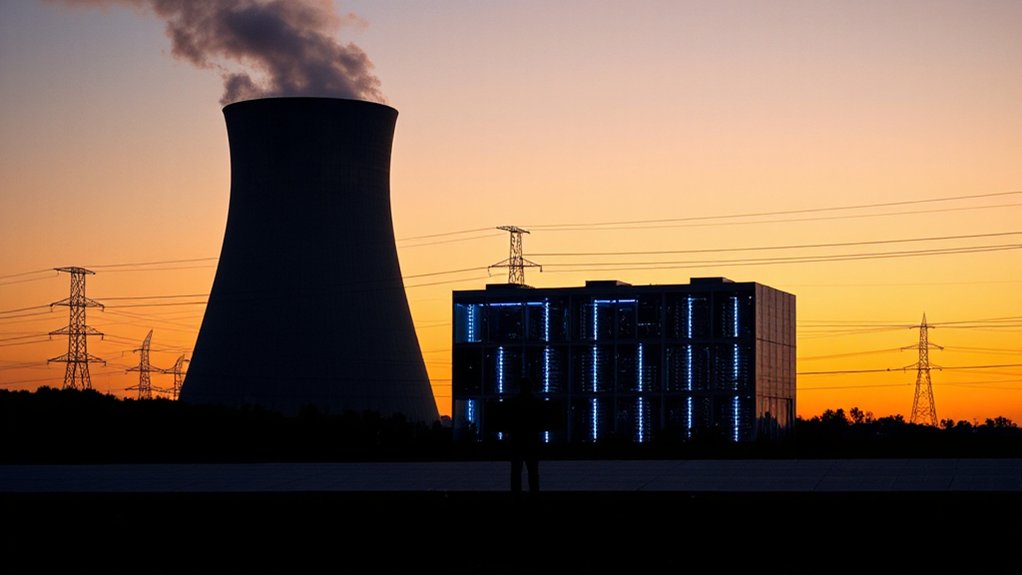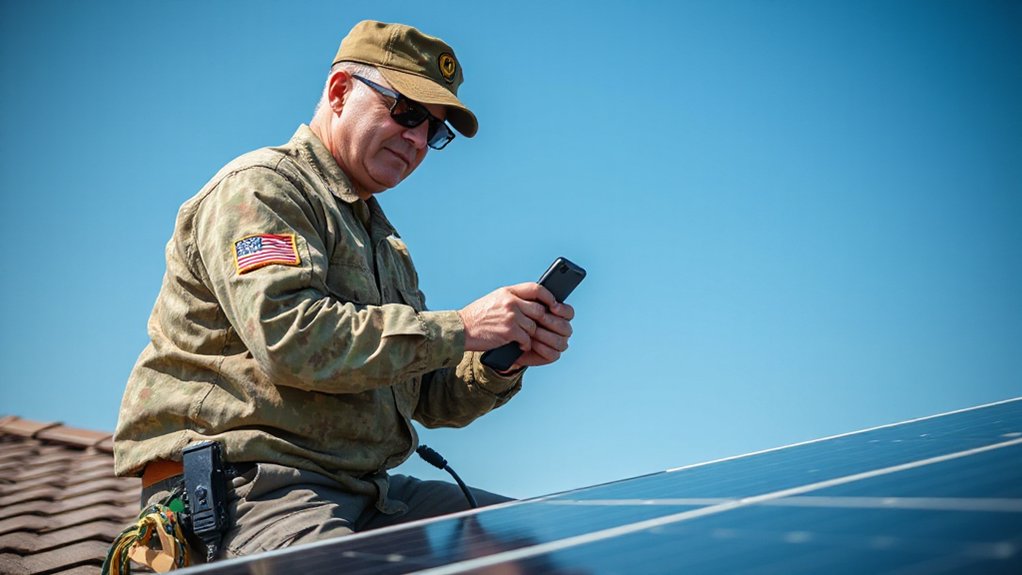While carbon markets were once touted as the golden ticket to a cleaner planet, they’re currently experiencing something closer to a financial heart attack. Prices that averaged $23 per ton in 2023 have crashed. Market freezes. Investors running scared. Not exactly the climate salvation story we were sold.
The carbon credit supply was supposed to explode 20- to 35-fold by 2050, reaching a whopping 4.8+ billion tons from today’s measly 243 million. Turns out, that growth depends entirely on whether anyone actually trusts these things anymore. Shocker.
Since 2022, the market’s been undergoing what experts politely call a “reset” – basically, everyone realized they were buying garbage and demanded better. The Integrity Council for the Voluntary Carbon Market swooped in with their Core Carbon Principles, trying to separate legitimate credits from expensive hot air. Too little, too late?
The price collapse hits hardest in places like Brazil and Indonesia, where forest protection projects are concentrated. These countries were banking on carbon finance to save their trees. Now? Those protection promises look about as solid as tissue paper in a rainstorm. This situation mirrors the Trump administration’s budget cuts to clean energy and climate initiatives, leaving renewable alternatives further underfunded.
Forest communities bet their future on carbon cash that vanished like morning mist, leaving only broken promises behind.
The irony is painful. Higher-quality standards were supposed to boost prices to $60/ton by 2030 and $104/ton by 2050. Instead, the market’s credibility crisis tanked them. Nobody wants to buy credits that might be worthless in five years.
Technology-based removals like direct air capture were projected to dominate by 2050, making up about 21% of supply. But they’re expensive and complex – not exactly appealing in a market where buyers are suddenly price-sensitive.
The future hinges entirely on rebuilding trust. Digital infrastructure improvements and tokenization might help with transparency. Over-the-counter carbon removal transactions have grown 27-fold since 2022, offering a potential alternative pathway for corporate net-zero claims. However, recent data shows a surprising 39% surge in new credit creation during Q2 2025, potentially signaling a market recovery. But the fundamental question remains: can a voluntary market with dodgy history deliver real climate impact? Or is carbon trading just creative accounting with trees as window dressing? The planet’s waiting for an answer. It can’t afford much more delay.
References
- https://carboncredits.com/carbon-credits-supply-to-skyrocket-35x-by-2050-but-at-what-price/
- https://about.bnef.com/insights/commodities/long-term-carbon-credit-supply-outlook-2025/
- https://www.carbonmark.com/post/carbon-market-in-2025
- https://corpgov.law.harvard.edu/2025/08/16/ahead-of-the-curve-factoring-the-cost-of-carbon-into-long-term-decision-making/
- https://www.worldbank.org/en/publication/state-and-trends-of-carbon-pricing
- https://www.sylvera.com/blog/carbon-offset-price
- https://www.erm.com/insights/the-return-of-the-carbon-credit/
